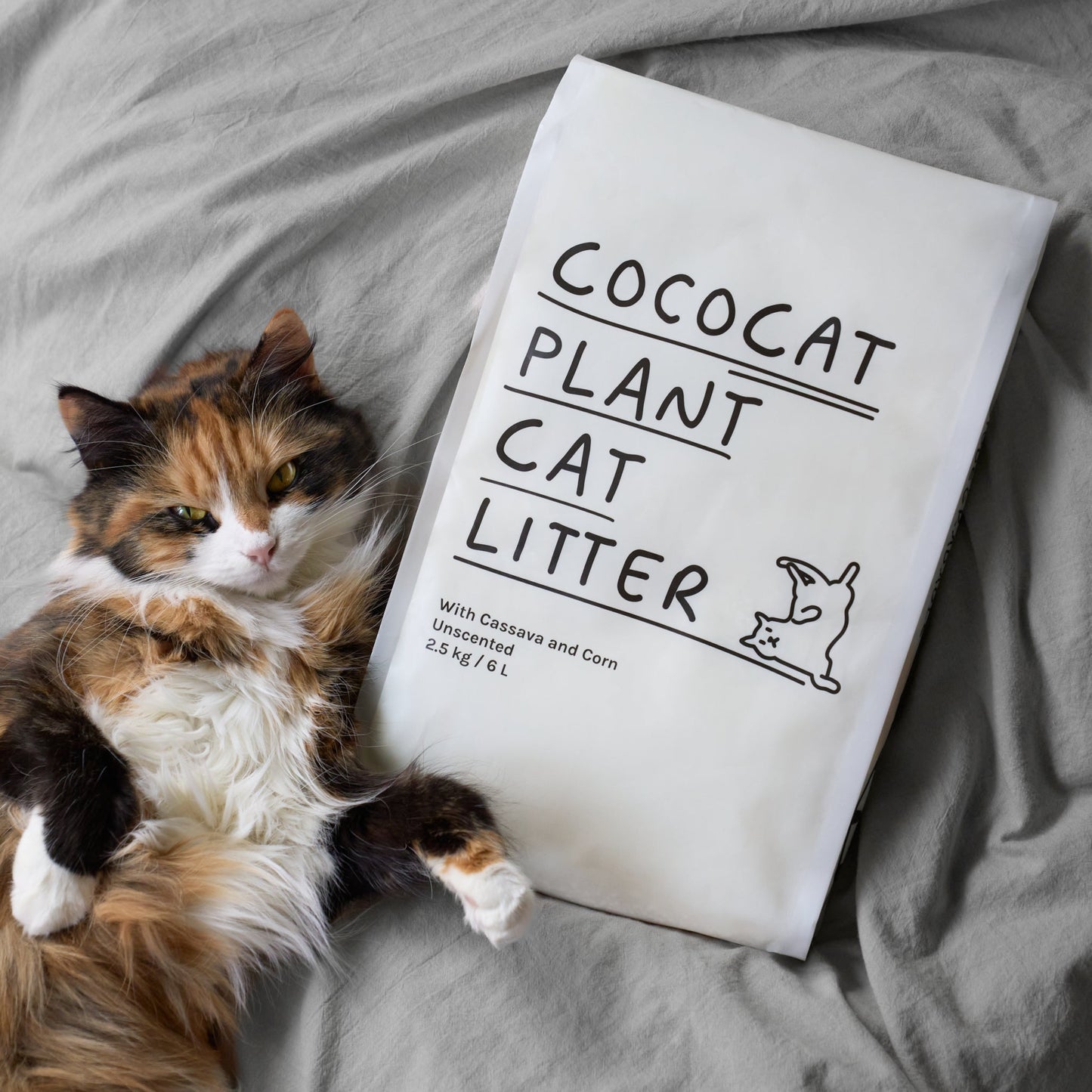
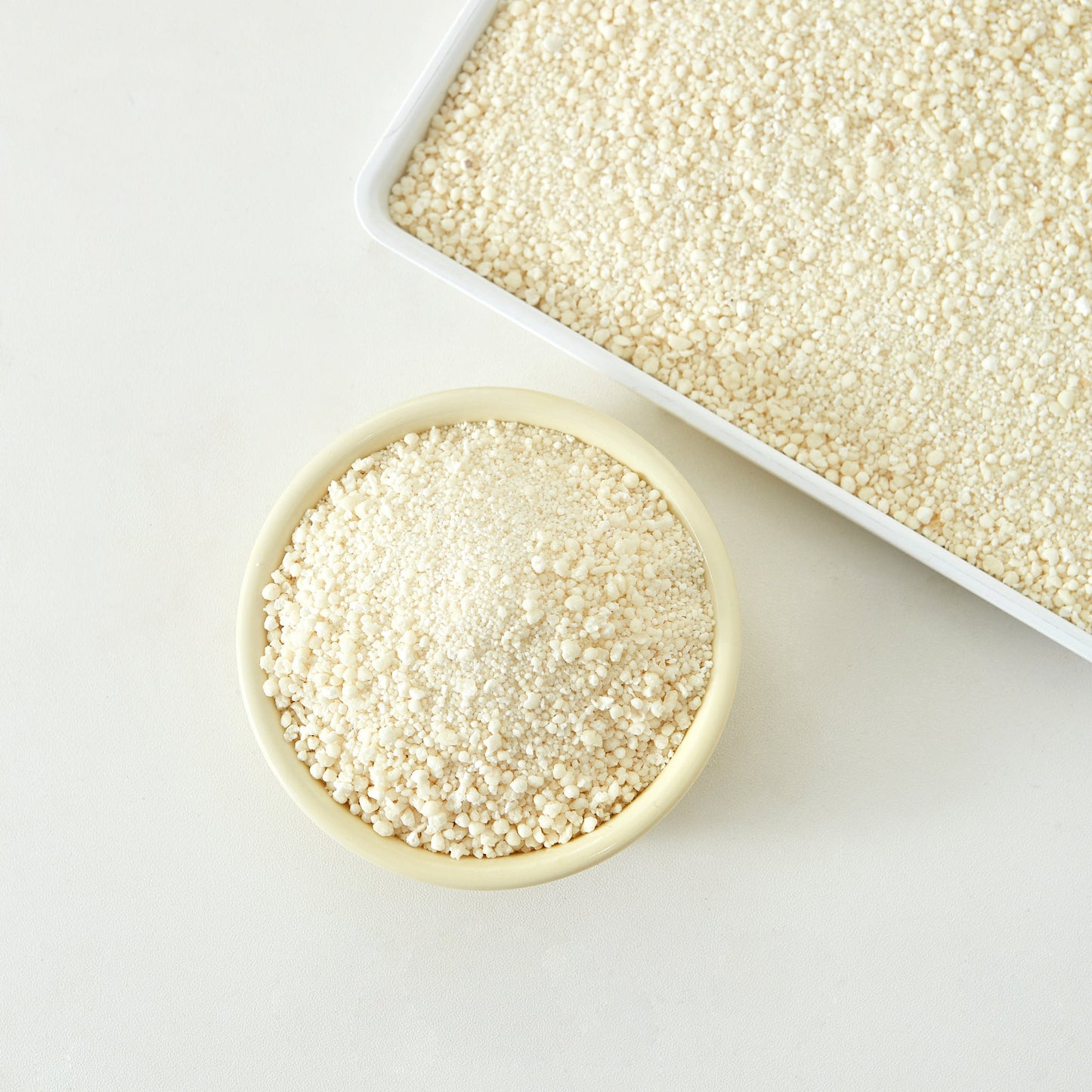
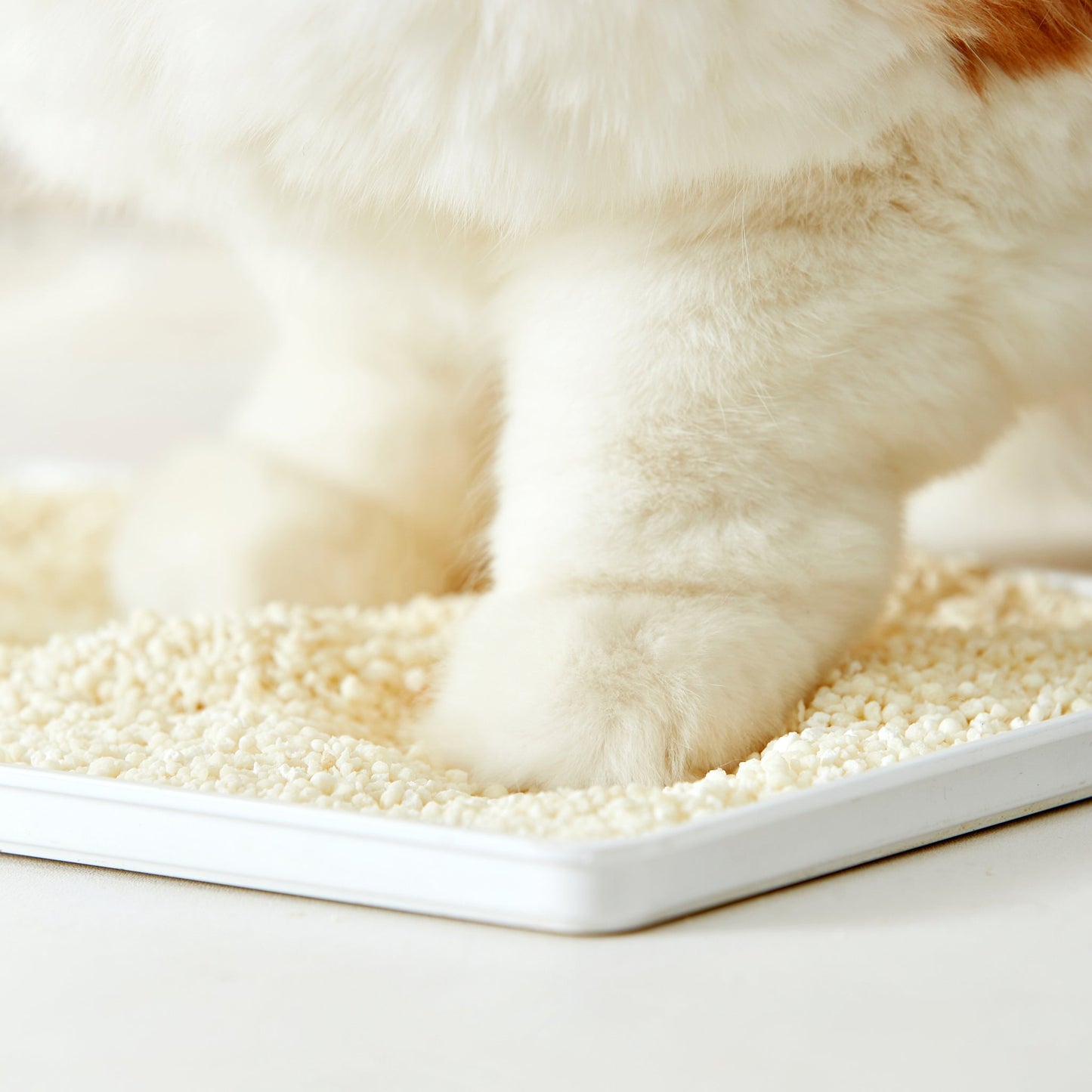
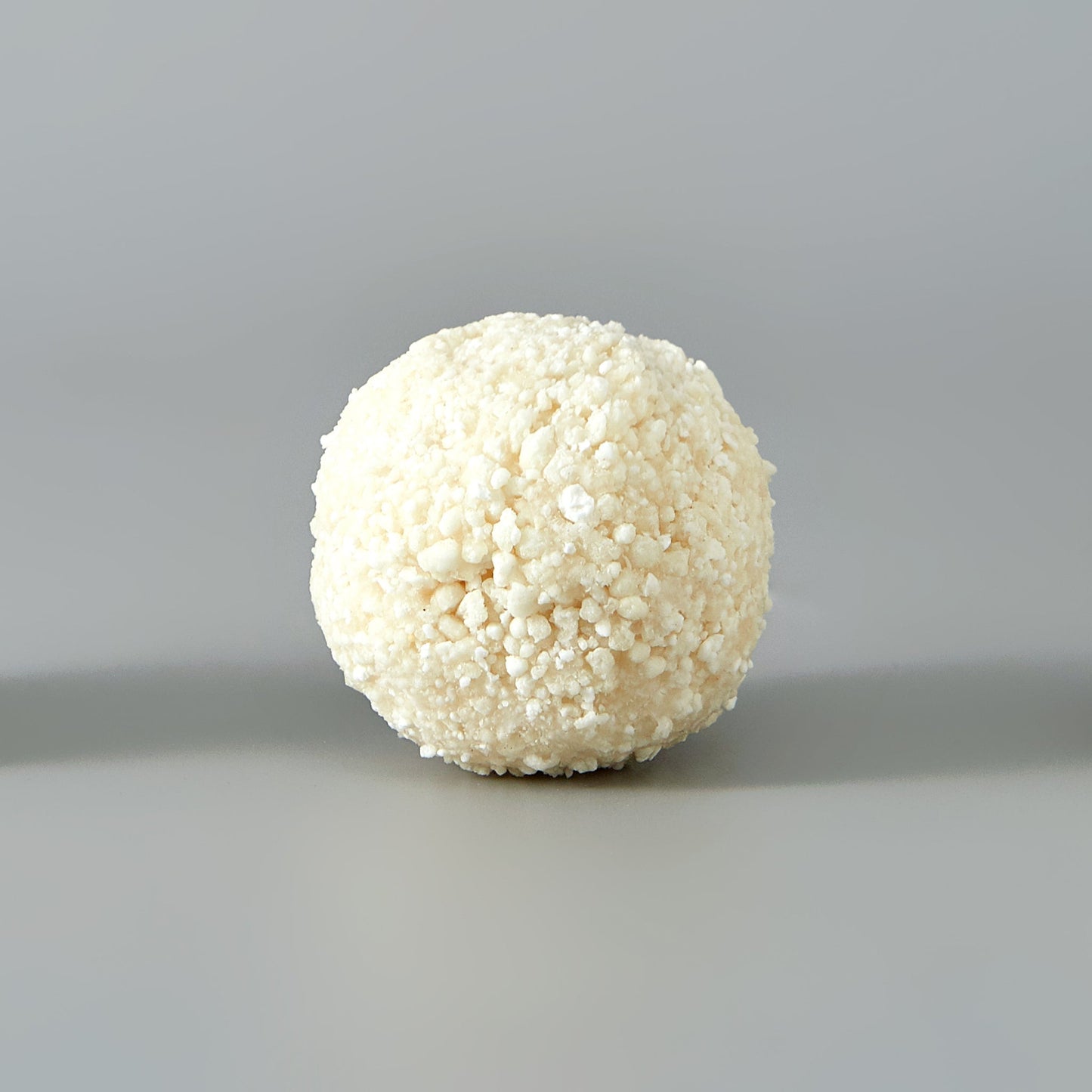
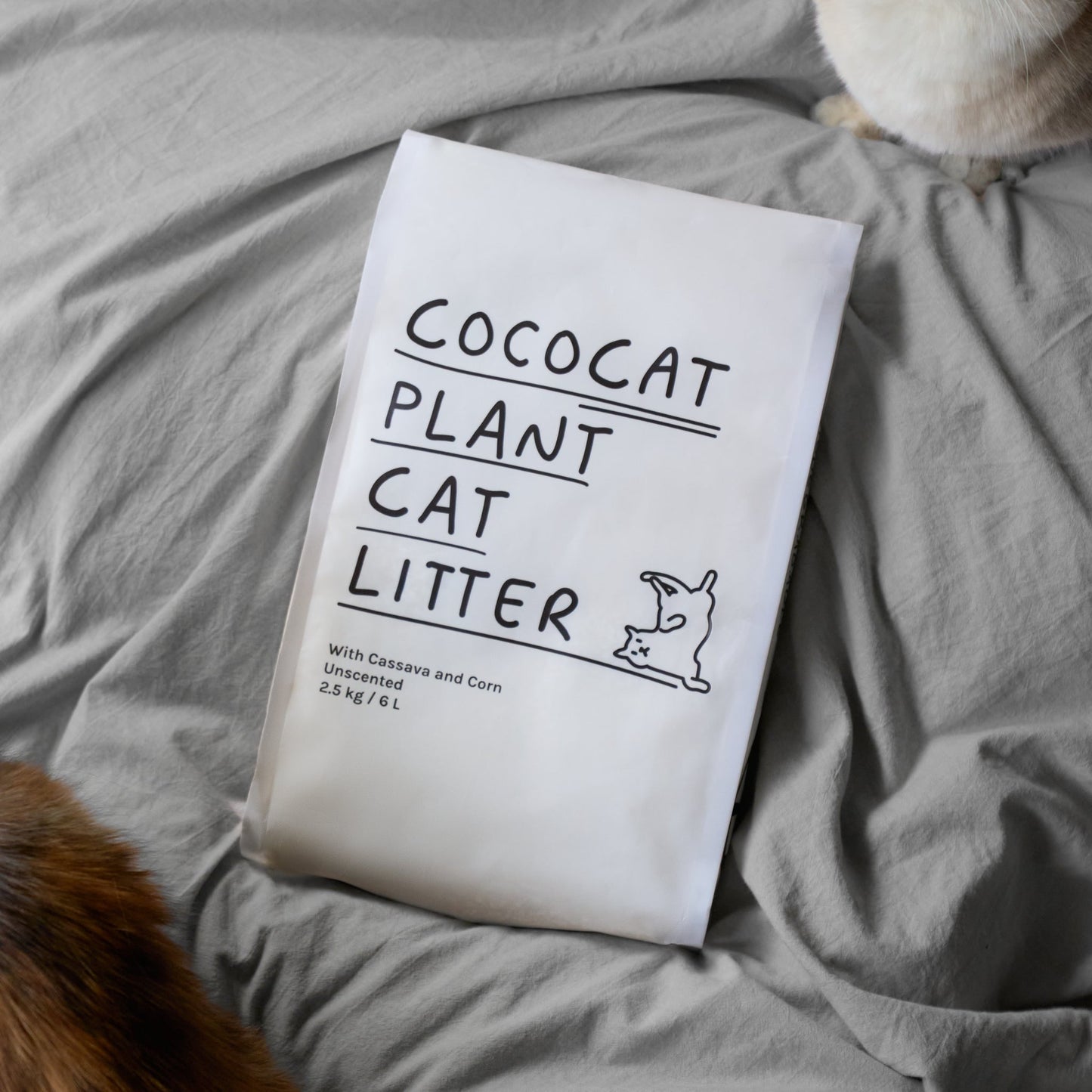
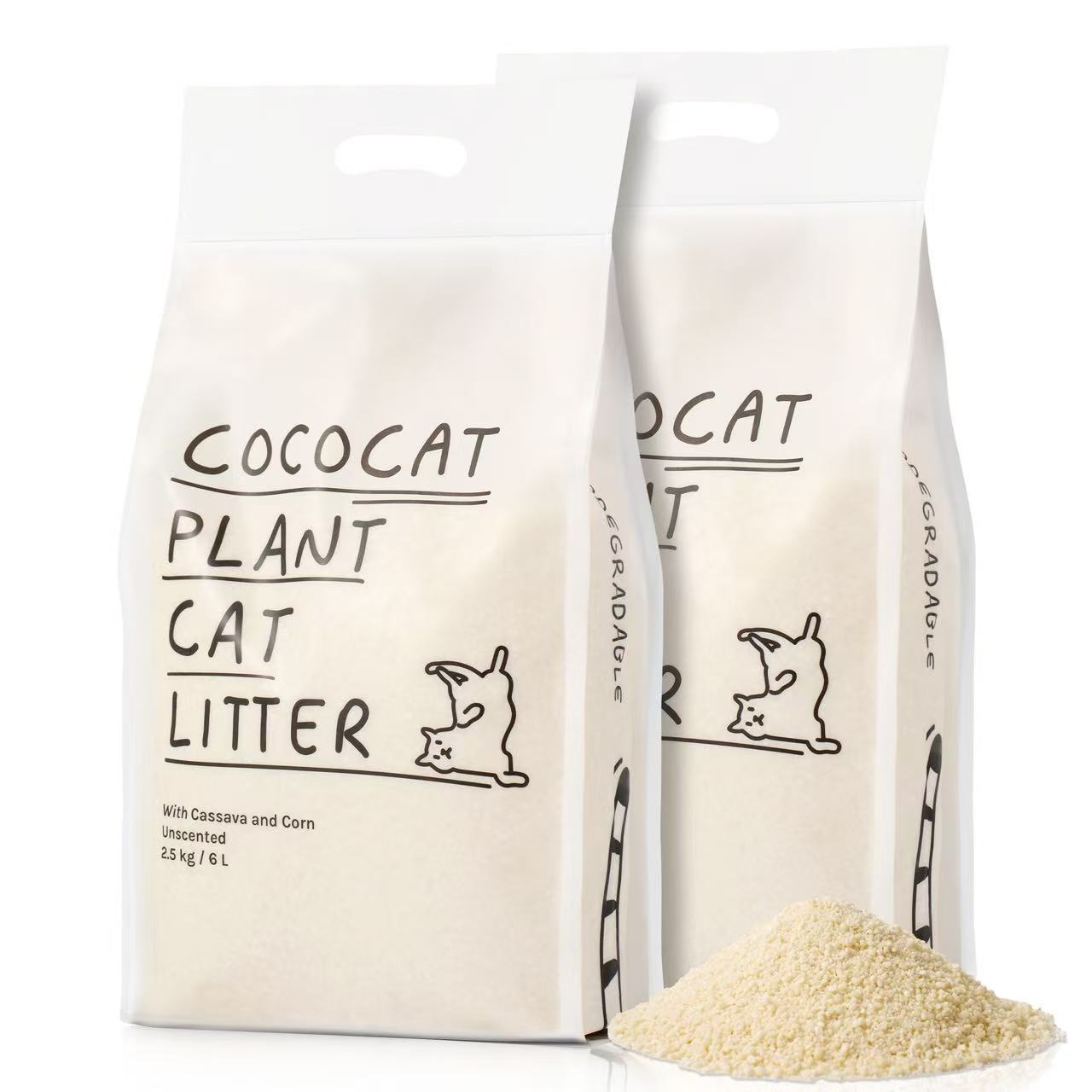
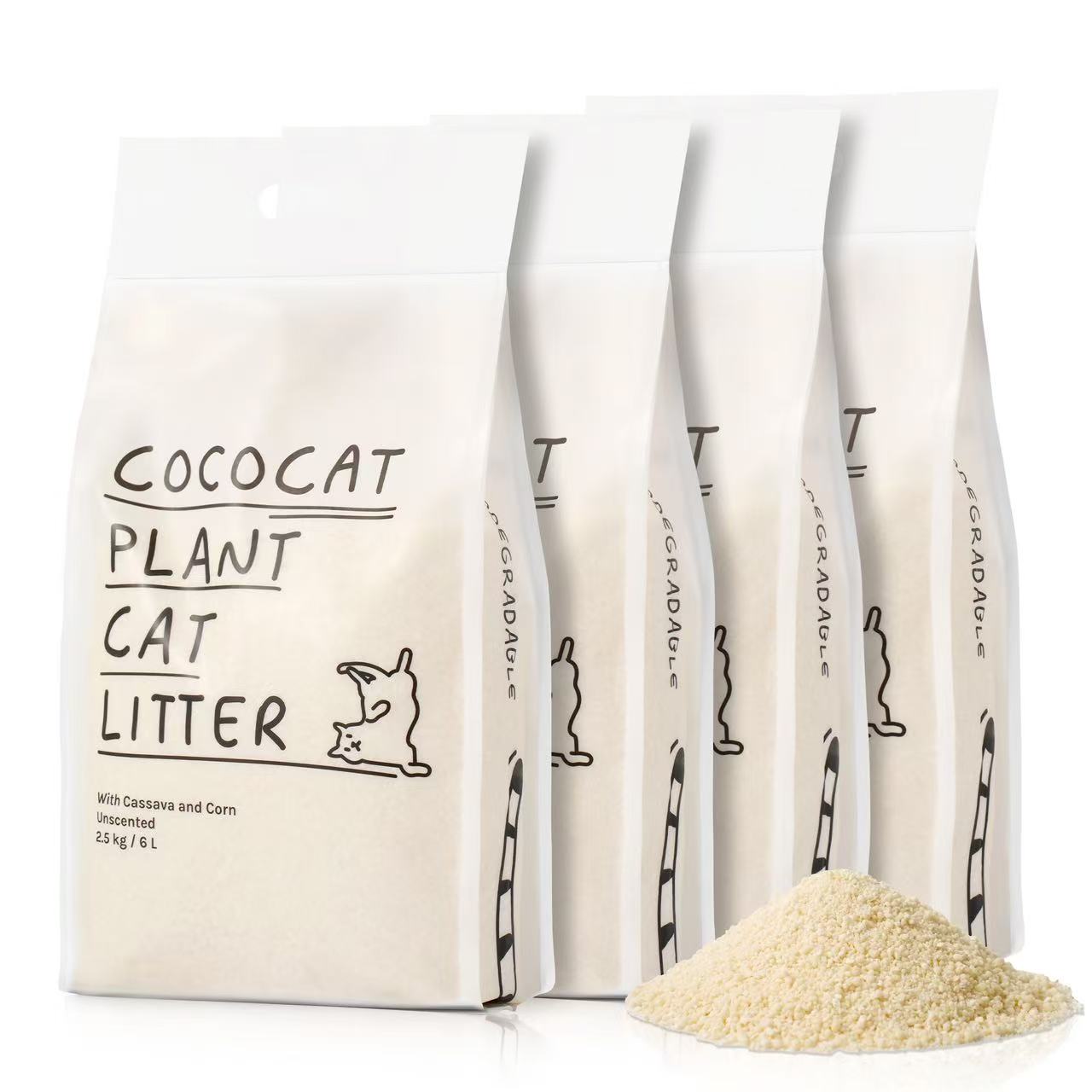
Give your cat the loo they’ll actually use.
Which litter is right for your cat?
Cats are individuals — some like deep trays, some are picky about texture. Here’s a quick run-down of popular litter types you’ll find at Fussy Cat and what they’re best at.
Plant-based / Tofu / Cassava (biodegradable litters)
- Made from vegetable by-products (tofu/pea fibre, cassava, millet, etc.).
- Pros: biodegradable, low dust, often flushable/compostable depending on local regs, great odour control and fast clumping in modern blends.
- Cons: some varieties can be pricier; scoop habits may differ from clay.
(You can use single-ingredient litters or blended formulas that aim to get the best of each type — e.g., added millet for clumping strength or plant enzyme blends for odour control.)
Clay (clumping)
- The classic: forms firm clumps for scoop-and-go cleaning.
- Pros: strong clumping, widely available.
- Cons: heavier, can be dusty, and not biodegradable.
Clay (non-clumping / dust-free)
- Softer on paws and lower dust than older clay formulas.
- Pros: inexpensive, effective for odour control.
- Cons: usually needs full tray changes more often.
Silica / crystal
- Tiny crystals that absorb liquid and hold odour.
- Pros: long lasting between changes, low tracking.
- Cons: some cats dislike texture; crystals are not biodegradable.
Wood / Pellets (pine, etc.)
- Made from processed wood fibres or pellets.
- Pros: natural scent (pine), biodegradable, low tracking, can smell.
- Cons: pellets don’t clump — require full-scoop changes or sifting.
Paper (recycled)
- Soft, low dust, often used for kittens or post-surgery cats.
- Pros: gentle, absorbent, biodegradable.
- Cons: lighter (can track) and usually needs more frequent changing.
Why consider a blended / plant-based litter?
Modern blended plant litters are designed to:
- Clump quickly so you throw away less with each scoop.
- Minimise dust and tracking for a cleaner house.
- Be kinder to the planet (biodegradable, lighter to transport).
These blends are especially handy in city flats where smell, bag storage and convenience matter.
Spotlight: Cococat — plant-based tofu litter (our top pick)
We strongly recommend the Cococat 100% plant-based tofu litter for busy, eco-minded cat owners. Key reasons:
- Built from upcycled food fibre: Cococat is made from pea fibre and millet (80% pea fibre + 20% millet) plus a little rice flour and food-grade guar gum for strength — a lightweight, natural formula that’s gentle on paws.
- Fast, solid clumping: Liquid locks into tight clumps within seconds so scooping is easier and you waste less litter.
- Plant-based enzymes for odour control: Keeps the tray smelling fresher for longer without artificial chemicals.
- Low dust & minimal tracking: 99.9% dust-free processing and a uniform pellet size mean less sweeping and cleaner floors.
- Biodegradable & flushable: Clumps dissolve in water so small amounts can be flushed — always check local rules before flushing. Also compostable in small quantities.
- Compact & lightweight: A 2.5kg bag is vacuum-sealed; one bag can last a single cat 2–4 weeks, making it cost-effective versus some alternatives.
Quick link:
Buy or learn more: Cococat 100% Plant-based Cat Litter
How much litter should you use?
Depth matters — if your cat likes a deep tray, you may need 2 bags for larger trays. Cococat’s product page includes a handy depth table for our Fussy Cat Round Stainless Steel litter box to help you calculate exactly how much you need.
Quick tips for switching litters
- Go slow. Mix the new litter with the old over 7–10 days to avoid refusal.
- Keep it clean. Scoop daily and fully change the tray regularly — cats dislike dirty trays.
- Match texture where possible. If your cat dislikes pellets, try a finer plant blend first.
- Watch the cat, not just the litter. Scratching at the tray, avoiding it or going outside it may indicate a problem unrelated to litter type — vet check if behaviour persists.
FAQ
Q: Is Cococat safe for kittens?
A: Cococat’s soft, low-dust pellets are gentle on paws — still supervise young kittens and consult your vet for concerns.
Q: Can I flush Cococat?
A: The clumps dissolve quickly in water, but always follow local regulations before flushing.
Q: Does it work with automatic/sifting litter boxes?
A: Cococat’s uniform pellet size and low dust make it compatible with most automatic boxes; check your box manufacturer’s guidance.
Final note — choose what works for your cat
If you want low dust, strong clumping, eco benefits and easy scooping, try Cococat — it’s one of the plant-based blends we stock and use in our own testing. Browse the rest of our litter range in Litter, Accessories & Essentials to compare textures and prices.








